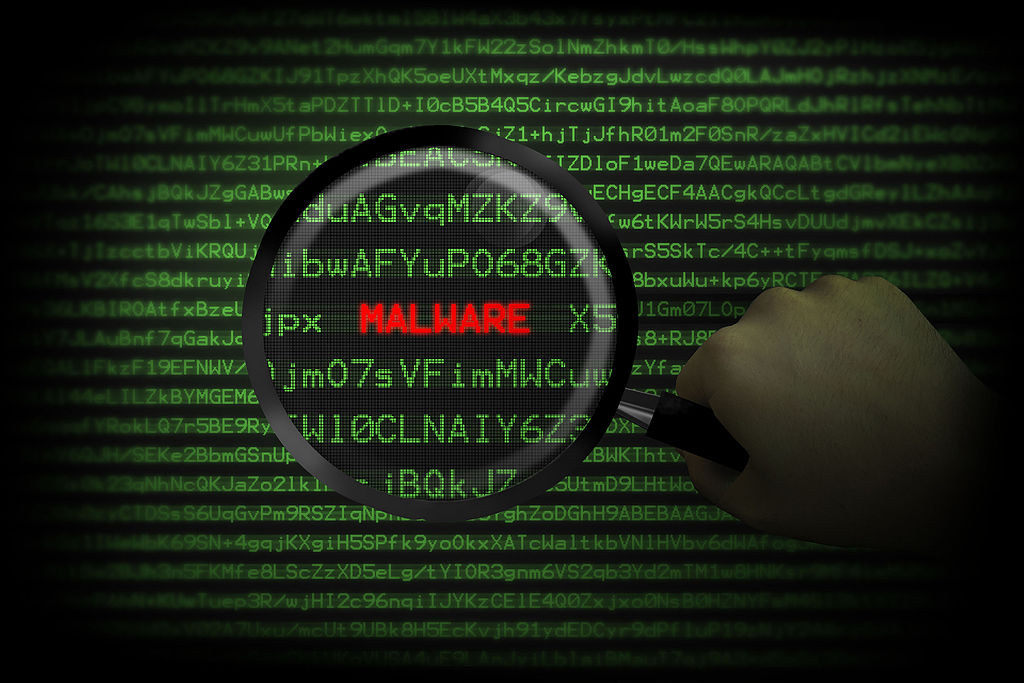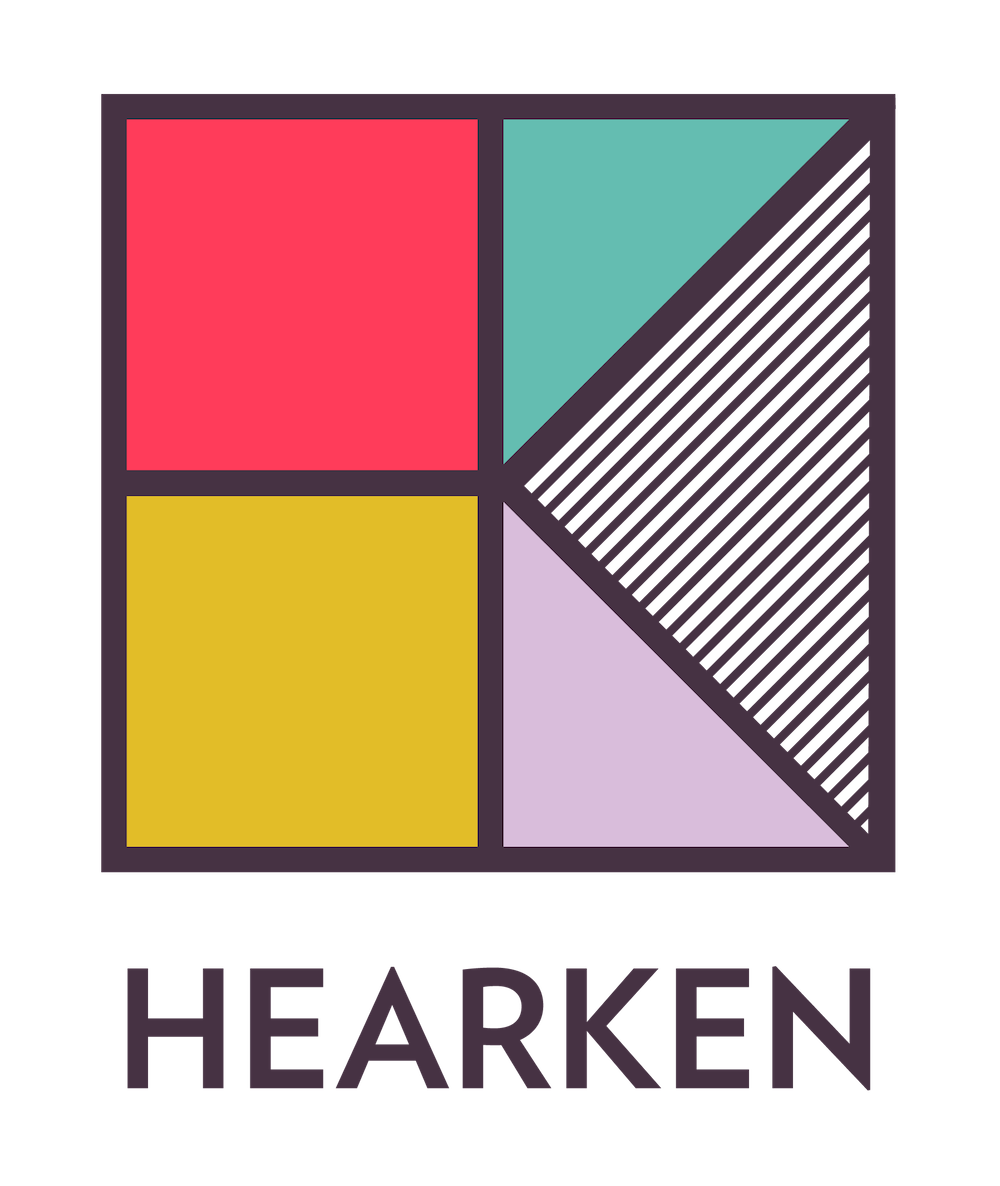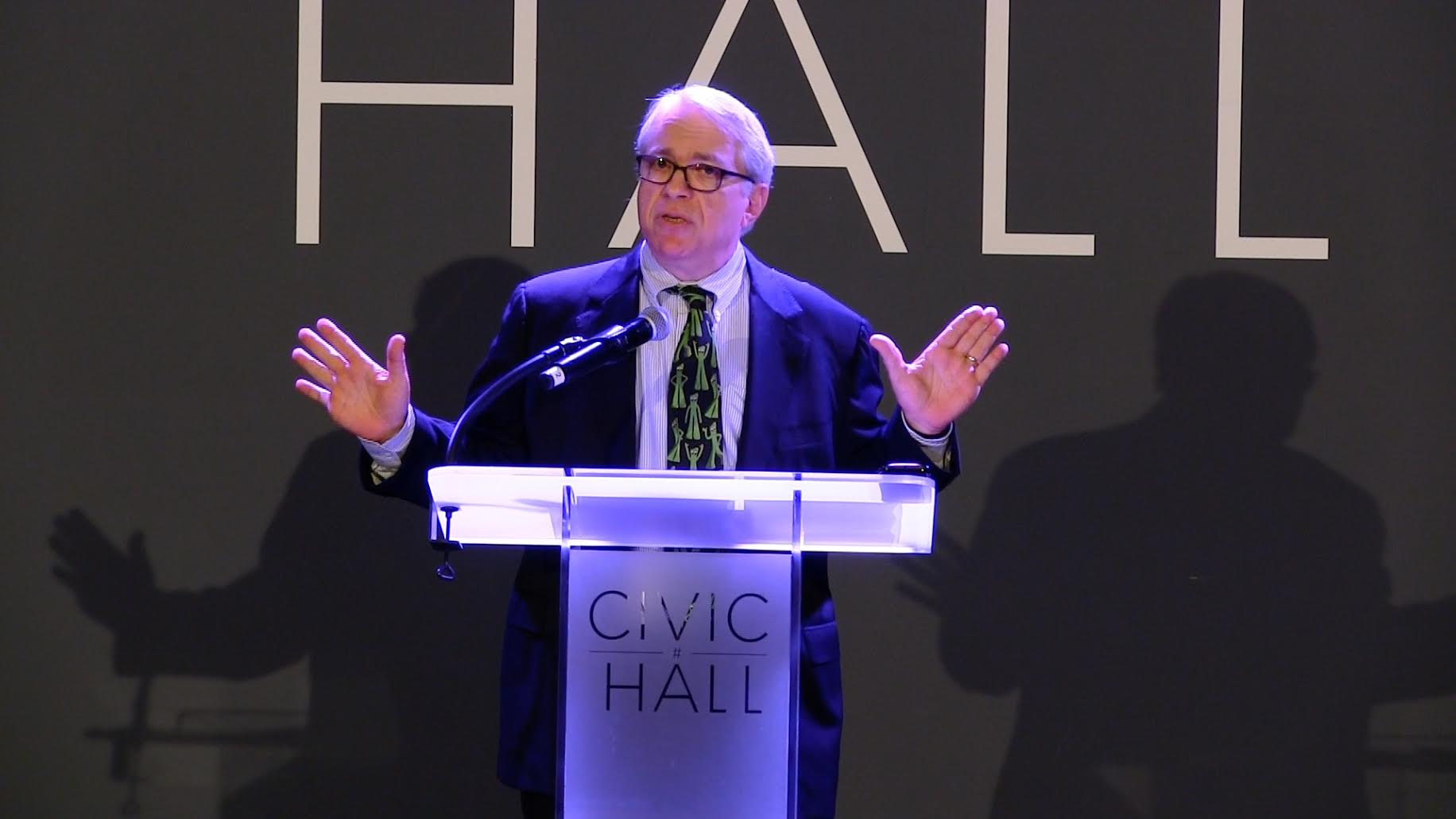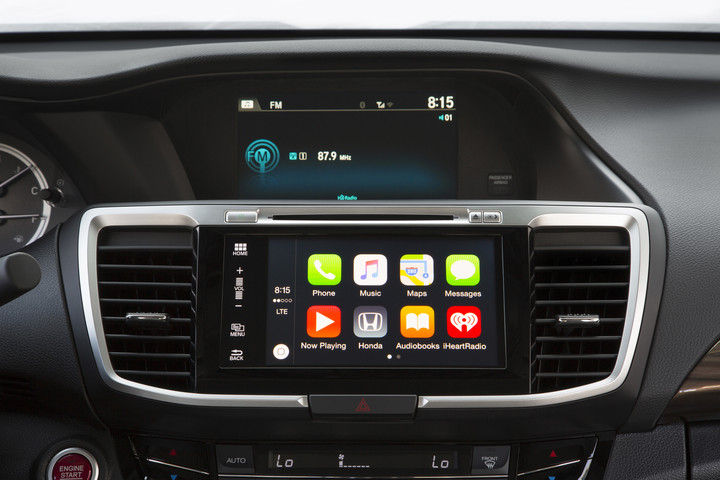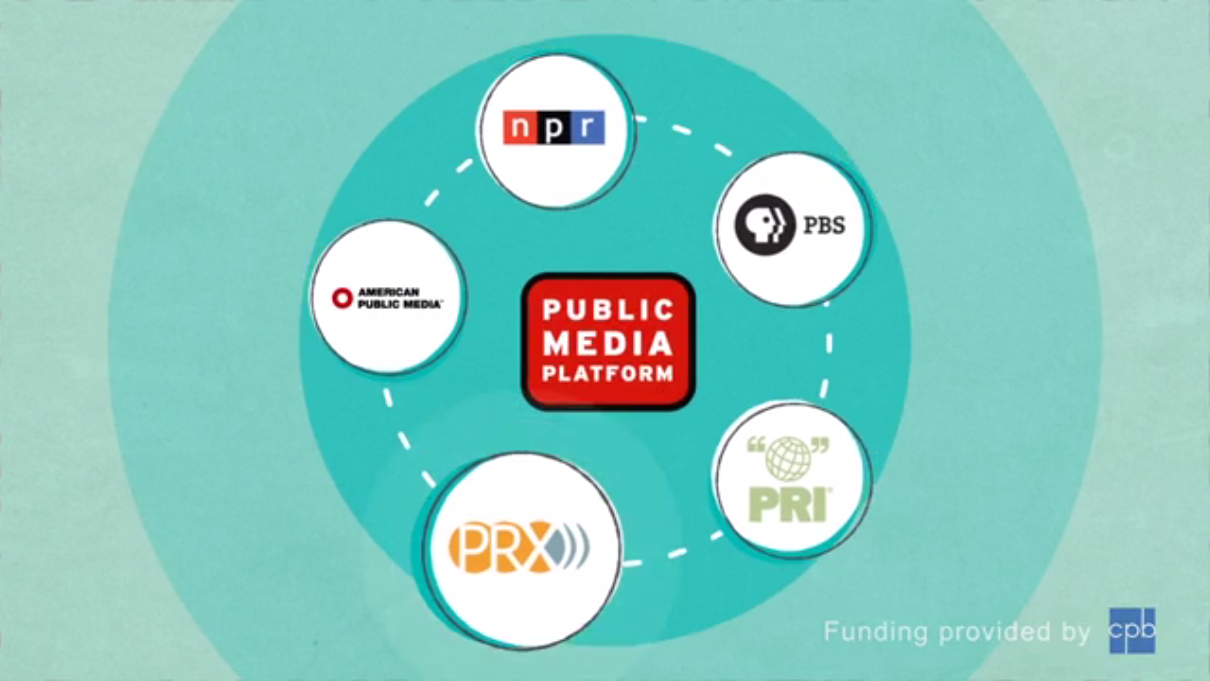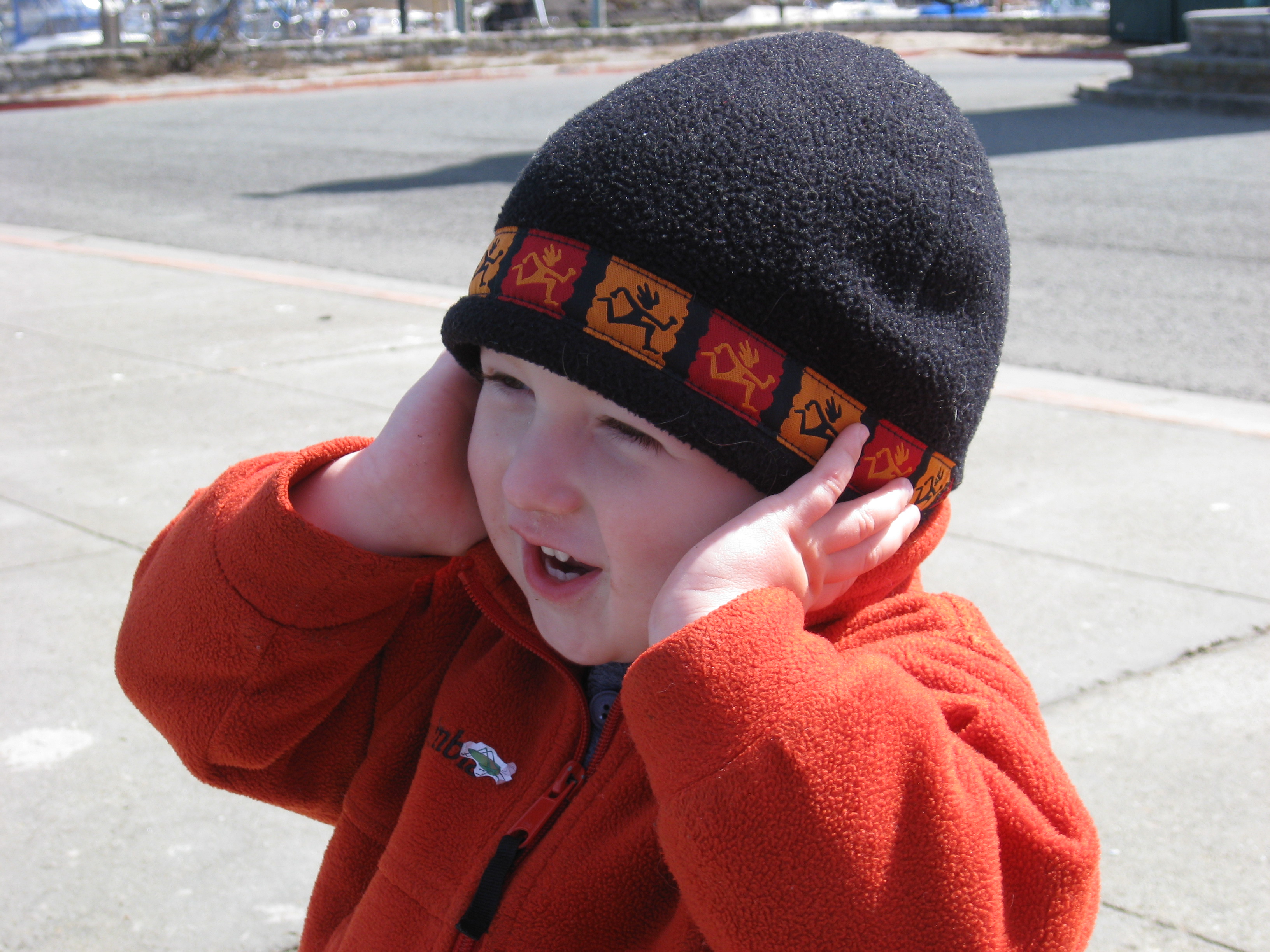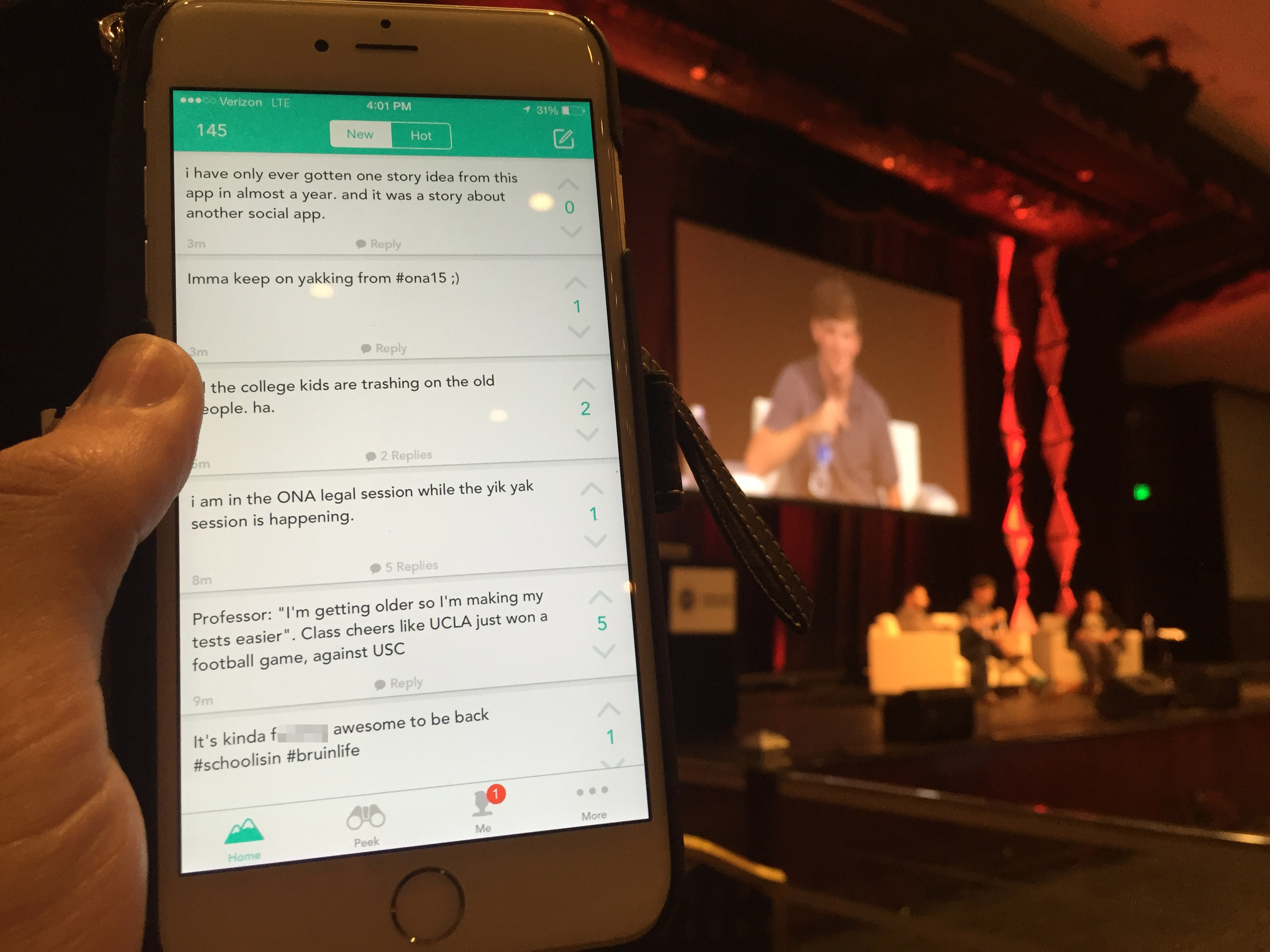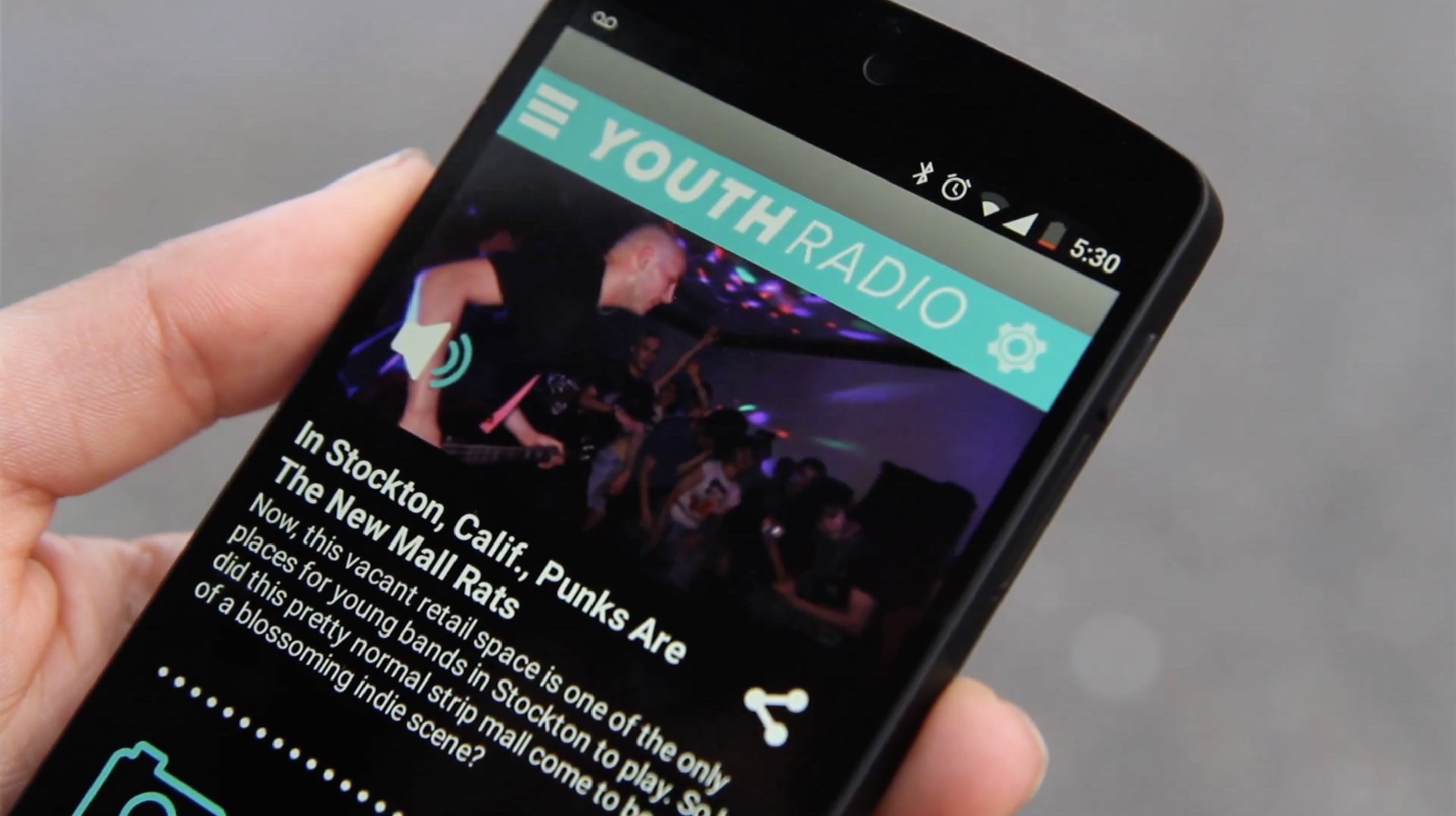Tech
NPR website increases focus on stations, retires pop-up player
The change is accompanied by new sponsorship opportunities on podcasts, on-demand audio and NPR One.Station avoids major harm from ransomware attack, but threat is real
Infiltration of a broadcast server could prompt a total shutdown.Out of many, NPR One: The app that wants to be the ‘Netflix of listening’ ...
A big update moves NPR One yet another step in the direction of becoming a one-stop shop for all audio content, from ...Familiar PBS characters appear in new coding app for kids
With Ready To Learn funding, PBS is tackling computer science as a 21st-century skill for young children.Hearken raises $700,000 in seed funding
The funding will help the company double its staff in the next year and develop new features.Smart Spectrum Summit explores broadcasting’s role in emergencies
The Smart Spectrum Summit, the first of its kind, brought together public and commercial broadcasters, telecom policymakers, equipment manufacturers, digital technologists and ...At debut, Audience Engine offers CRM and pledge-drive tools
Creators of the open-source software call it “a new tool for media and democracy.”Dash Conference surveys prospects for radio’s future in the car
Among public media outlets, NPR aims to thrive in the world of connected cars.In move to NPR, Public Media Platform gains “institutional heft”
Founding members of the PMP will continue to advise on its development.New loudness standards released for streaming content
The Audio Engineering Society has rolled out new recommendations for audio levels of streaming content.Nielsen tweaks measurement of radio audience amid hush-hush adoption of Voltair boxes
A Nielsen Audio chief engineer tacitly acknowledged that the company’s PPM technology does not fully measure listening in noisy real-world environments.Pubcasters hope FAA rule changes will ease use of drones
The high cost of pilot licenses are keeping use of the technology out of reach for most broadcasters.Five things public media can learn from Yik Yak, the most depressing college-oriented social media ...
If public media wants to serve college students better, it should think more about providing content in the places where college students ...Youth Radio partners with MIT program to create new app
The app seeks to broaden Youth Radio’s audience and increase engagement with its stories.NPR offers new interconnection option for public radio networks
The new offering promises pubcasters a simpler way to provide more localized programming over state and regional networks.


